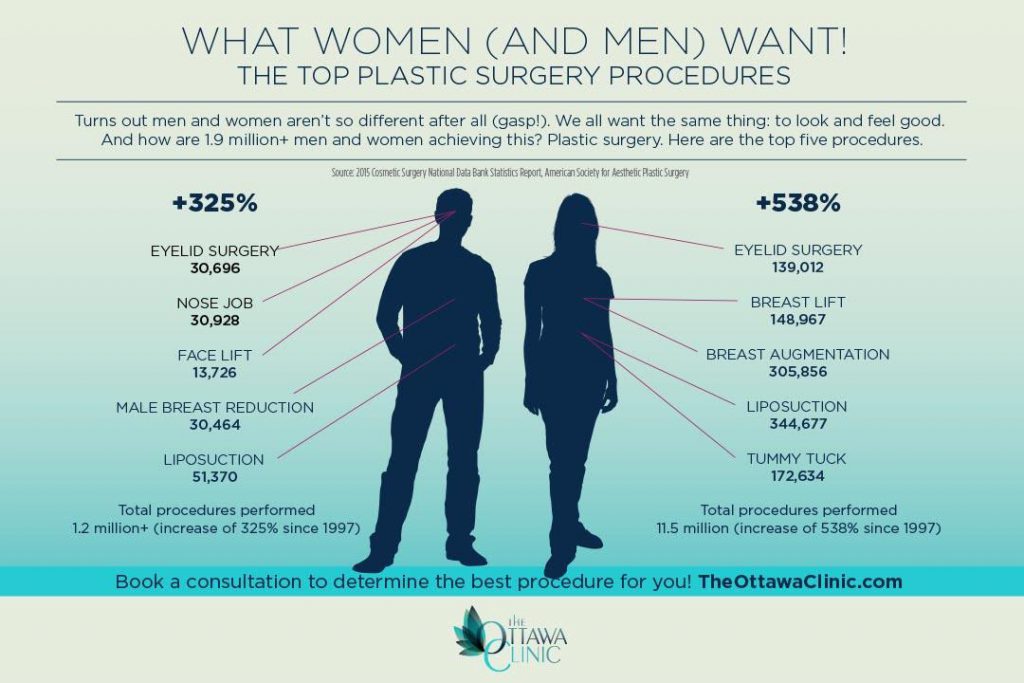Acne Myths Debunked
Acne Myths Debunked
Blog Article
Hormonal Acne - What is Hormone Acne?
Hormonal acne is characterized by blocked pores and oily skin that generally appears on the chin and jawline. It takes place when hormone modifications set off inflammation and microbial overgrowth within hair roots.
Breakouts may look like whiteheads, blackheads, papules or pustules and cysts or blemishes in extra severe cases. It is much more typical in teens experiencing the age of puberty yet can affect adults of any age.
What Causes Hormonal Acne?
While acne can be triggered by a range of aspects, consisting of making use of hair and skin treatment items that aren't oil-free or made with active ingredients that can obstruct pores, hereditary predisposition, diet,2 and stress, the root cause is fluctuating hormones. Hormonal acne happens when the body experiences hormonal modifications and fluctuations that result in an overproduction of sebum, which triggers inflammation, enhanced growth of bacteria and modifications in skin cell activity.
Hormonal acne is frequently found on the lower jawline, cheeks and neck but can appear anywhere on the body. It is characterized by blemishes that are cystic, painful and filled with pus or other material. It is also more probable to take place in females than males, specifically throughout adolescence, the menstruation, pregnancy or menopause.
Age
While numerous kids experience acne at some point during puberty, it can remain to torment grownups well right into their adult years. Referred to as hormonal acne, this form of breakout is linked to variations in hormonal agents and is usually most common in women.
Hormone acne takes place when oil glands create excessive sebum, which clogs pores and traps dead skin cells. This leads to the development of acnes, such as whiteheads, blackheads and papules, pustules, cysts or nodules, deep under the surface.
This type of imperfection usually creates pain, redness and inflammation. It might likewise be cyclical and appear around the very same time every month, such as right prior to your period starts. This is due to the fact that degrees of female hormones like progesterone and oestrogen rise and fall with each menstruation.
Menstrual Cycle
Hormonal acne typically shows up in the lower part of your face, along the jawline and cheeks, as whiteheads, blackheads or inflammatory pimples (acnes and cysts). It's probably to appear around the time when your menstruation modifications.
Especially around ovulation, when estrogen and progesterone levels get on the increase, hormone variations can trigger breakouts. But it's additionally possible to get acne at any type of point during your 28-day menstrual cycle.
If you notice that your hormone acne flare right before your duration, attempt discovering when exactly this takes place and see if it associates with the phases of your 28-day menstruation. This will certainly help you determine the source of your skin troubles. As an example, you might want to work on stabilizing your blood glucose and cutting out high-sugar foods, or take here into consideration a prescription medicine like spironolactone that can regulate your hormones.
Pregnancy
Expanding a baby is a time of significant hormonal changes. For several ladies, this includes a flare-up of hormone acne. This type of outbreak usually begins in the very first trimester, around week six. It's brought on by hormone rises that promote sebaceous glands to make even more oil, which can clog pores and trigger more microorganisms to build up.
Outbreaks may additionally happen as a result of pre-existing problems like polycystic ovary syndrome, which can also be a problem during pregnancy and menopause. Additionally, some types of contraceptive pill (such as Ortho Tri-Cyclen and YAZ) can trigger hormone acne in some women.
The good news is, a lot of acne therapies are "no-go" for expecting females (including preferred acne-fighting components such as isotretinoin and spironolactone). Yet if you can't stay clear of those bothersome bumps, your doctor might suggest oral erythromycin or cephalexin, which are secure during pregnancy.
Menopause
As females approach menopause, the estrogen degrees that caused their hormonal agent acne to flare during the age of puberty begin to support and lower. At the same time, nevertheless, a spike in androgens (additionally known as male hormonal agents) occurs since these hormones can't be exchanged estrogen as efficiently as before.
The extra of androgens can cause oil production by the sweat glands, which clogs pores. When the blocked pores come to be inflamed and aggravated, a pimple types.
Hormone acne is typically seen on the face, especially around the chin and jawline, yet it can occur on the neck, back, shoulders, or breast. This sort of acne tends to flare in an intermittent pattern, similar to the menstrual cycle. Stress and anxiety, which increases cortisol and throws hormonal agents out of equilibrium, also adds to the breakouts.